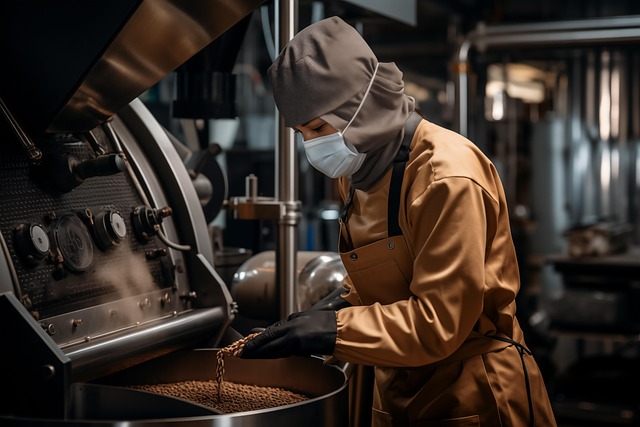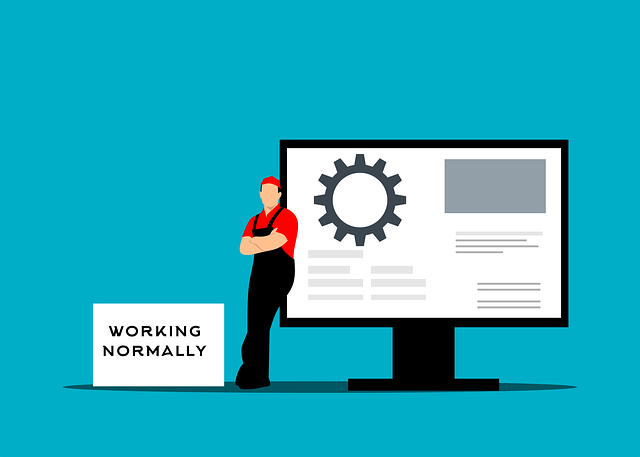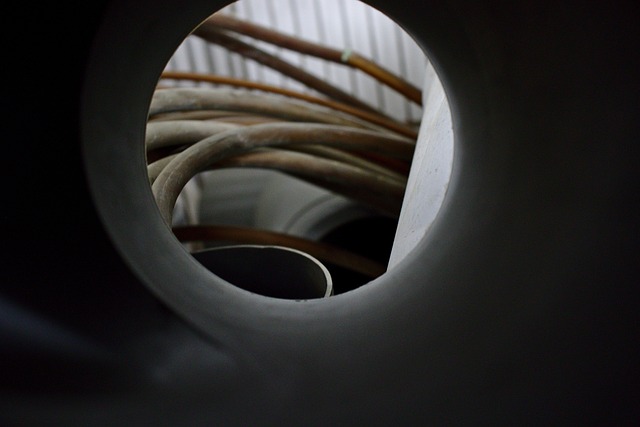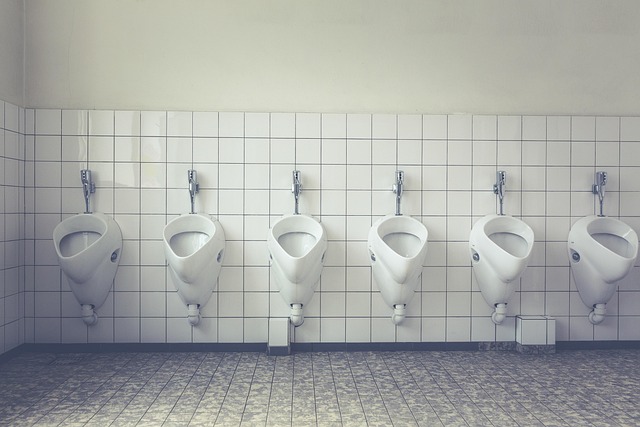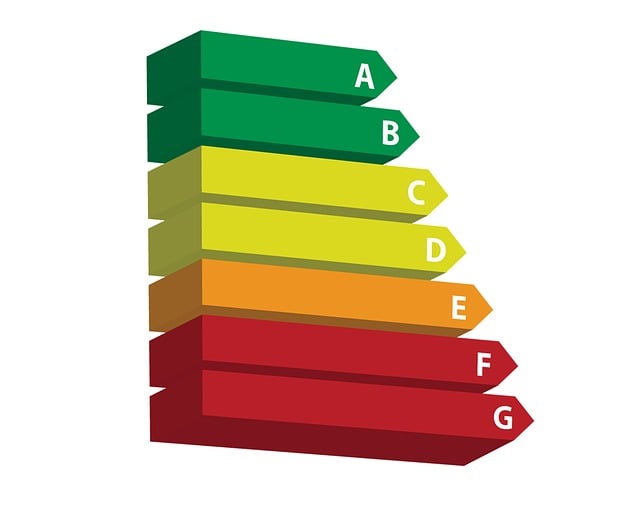Regular plumbing inspections (RPIs) are essential for maintaining your home's comfort, preventing costly surprises, and ensuring optimal system efficiency and water quality. These checks detect leaks early, prevent water damage, and serve as an effective emergency prevention measure. Professional evaluations uncover subtle issues, prolonging plumbing lifespans, curtailing water waste, and saving on maintenance costs by addressing problems promptly.
Regular plumbing inspections are crucial for maintaining optimal water pressure systems, ensuring both efficient operation and high-quality water. Recent studies reveal that many households face potential water pressure issues, often going undetected until severe damage occurs. This article explores the significance of regular plumbing checks in leak detection and emergency prevention. By understanding common problems and implementing preventative measures through professional evaluations, homeowners can enhance system efficiency, safeguard their properties, and secure safe water supplies.
- Understanding Water Pressure Issues and Their Impact
- The Role of Regular Plumbing Inspections in Detection
- Preventative Measures: Enhancing System Efficiency and Water Quality through Professional Evaluations
Understanding Water Pressure Issues and Their Impact
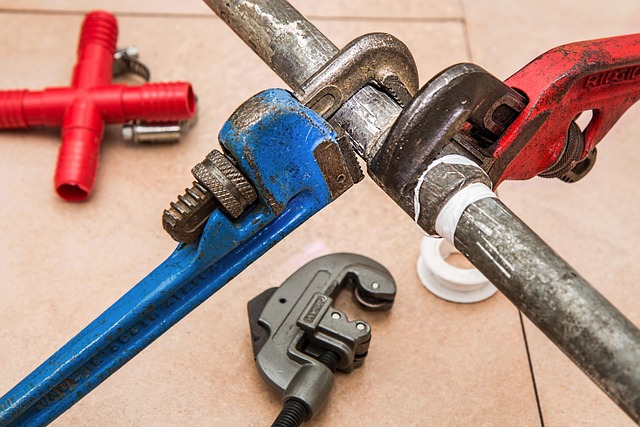
Water pressure issues are often overlooked but can significantly impact your home’s plumbing system and overall comfort. Regular plumbing inspections play a pivotal role in identifying potential problems early on. These inspections not only help in leak detection but also assess the system’s efficiency, ensuring optimal performance. By conducting professional evaluations, homeowners can prevent emergency situations caused by burst pipes or low water pressure.
Moreover, regular check-ups contribute to maintaining water quality, which is essential for various appliances and fixtures. Proper evaluation and maintenance can extend the lifespan of your plumbing systems, saving you from costly repairs and replacements in the long run. Additionally, leak detection during these inspections can prevent water waste and associated financial losses.
The Role of Regular Plumbing Inspections in Detection
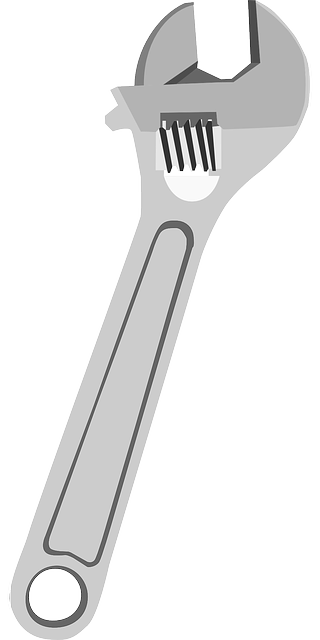
Regular plumbing inspections play a pivotal role in maintaining optimal system efficiency and ensuring water quality. These checks are essential for leak detection, which can help prevent potential water damage and costly repairs. By scheduling professional evaluations at regular intervals, homeowners can rest assured that their plumbing systems are functioning efficiently and effectively. Such inspections also serve as a robust emergency prevention measure, identifying issues early before they escalate into major problems.
Through meticulous examination, regular plumbing inspections uncover subtle signs of wear and tear, corrosion, or misalignment that might otherwise go unnoticed. This proactive approach to maintenance ensures not just the integrity of the plumbing system but also enhances overall water quality. By addressing potential issues promptly, homeowners can avoid the hassle and expense associated with sudden breakdowns, making these inspections a wise investment for any property owner.
Preventative Measures: Enhancing System Efficiency and Water Quality through Professional Evaluations

Regular plumbing inspections are an effective way to prevent potential water pressure issues and ensure optimal system efficiency. These comprehensive assessments by professionals can detect even subtle leaks or inefficiencies that may go unnoticed during routine maintenance checks. By identifying these problems early, homeowners can avoid costly repairs and emergency situations.
Professional evaluations include advanced leak detection techniques and thorough examinations of the entire plumbing system. This proactive approach enhances water quality by addressing potential contaminants or clogs that could affect pressure levels. Regular inspections also provide an opportunity to make necessary upgrades, ensuring the longevity and reliability of the plumbing system.

